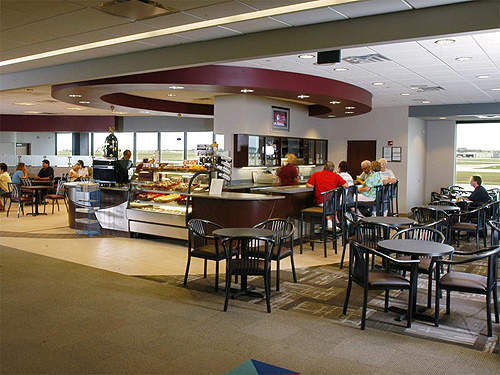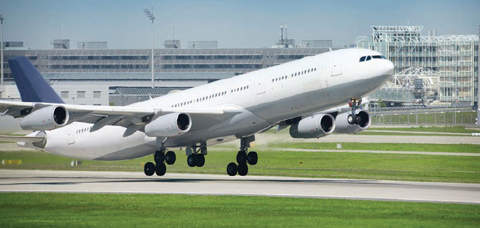
Motorola Solutions
Mobile Communications and Wireless Systems for the Air Transport Industry
Subscribed
You have successfully submitted your enquiry. Someone from our company will respond ASAP
About Us
Motorola Solutions is well known globally as the market leader in mission-critical voice and data communications used by public safety and operations on the landside, terminal, under the wing and over the wing, ensuring safety and efficiency. Mission-critical and business-critical data communications, including video, are becoming increasingly important for airports and airlines to meet the challenges they face.
Motorola Solutions believes more effective management of an airport’s vertical assets is about more than increasing productivity and efficiency- it’s also about reducing costs.
In-vehicle communications technology and asset tracking systems
Mobile equipment such as in-vehicle communications technology and applications such as asset tracking systems ensure the most productive use of mobile assets. To successfully manage mobile personnel and equipment, airports are making increasing use of network-enabled tracking technology such as RFID, tracking via GPS or real-time locationing systems (RTLS).
Electronic tagging and location-tracking systems
Through the use of electronic tagging and location-tracking systems, airports are able to use their networks to provide real-time management of virtually all assets and supplies used in airport activities. The results include better service, smoother operations, reduced costs and increased constituent satisfaction.
Automated inspection of physical assets enables airports to proactively manage and prevent equipment problems and maintain vehicles and equipment, from water pumps to baggage carts, tools to luggage carousels and much more.
Wireless parking and concession loyalty initiatives
As more and more airports explore the airport transportation hub / destination business model, an increasing emphasis is being placed on passenger, customer and constituent loyalty. Wireless networks enable a host of loyalty initiatives such as airport services, ranging from concessions to parking, passenger experience to traffic management and a great many more.
Airport parking loyalty solutions (APLS) are helping to streamline solutions like online reservation and payment systems, credit card and license plate recognition, preferred section service, automated vehicle location, and seamless entry and exit.
Interoperability with concession, store and restaurant communications systems enhances customer satisfaction by providing information, directions and fast payment processing.
Airport WiFi and wireless networks
Airport operators, working in concert with airlines, are offering passengers and other customers the convenience of a WiFi service, either fee-based for generating revenue or free of charge for generating good will.
Airport wireless networks enable operators to offer their passengers the convenience of receiving informational text messages on their cell phones, alerting them with real-time information such as ‘shuttle will arrive in two minutes’.
Wireless broadband networks provide the capabilities of utilizing bold new technologies such as the ‘mobile wallet’ phones that can read bar codes or can be swiped with a credit card.
Airport security and access control systems
Airport protection is fundamentally a four-step process: prevention, detection, response and forensics for archiving and analyzing data.
Restricting access to certain areas to authorized personnel is supported by applications like electronic ID and badge systems, including biometric identification such as fingerprint reading.
An end-to-end wireless system leads to a command and control infrastructure that provides for all voice, video and data to be backhauled to a centralized command and control center for decision support and coordination of activities from a wide variety of resources.
Airport radio and video surveillance
With the need for faster access to data and information in the field, P25 digital radio systems advance intelligence at the emergency responder and command levels and are critical in facilitating the force multiplier effect of effective communications. These systems also ensure interoperability with local, county, state and federal agencies when needed.
Intelligent video systems provide real-time images from perimeters and other remote or especially vulnerable areas of the facility. Video solutions can include infrared and thermal imaging for night surveillance. In addition, video analytics and forensics capabilities allow for both real-time and post-analysis of data.
An edge sensor network layer monitors perimeters and includes connectivity solutions for surface management systems, biological, chemical and radiological sensors, shot detectors, underwater systems, highway sensors, gate / doorway and other layered technologies that enable advanced intrusion prevention, detection and response.
About Motorola Solutions
Motorola Solutions is a leading provider of mission-critical communication products and services for enterprise and government customers. Through leading-edge innovation and communications technology, it is a global leader that enables its customers to be their best in the moments that matter. Motorola Solutions trades on the New York Stock Exchange under the ticker ‘MSI.’
Contact Details
Website
Email Address
Address
Schaumburg,
IL 60196,
Other,
United States of America




